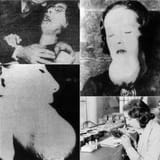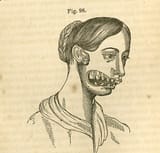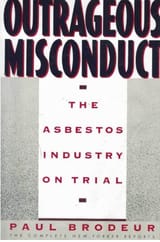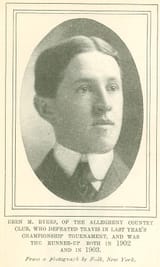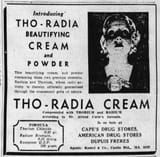Anonymous
ID: QXqucPyF
8/6/2025, 1:22:59 AM No.512330436
In the 1920s, radium was marketed as a miracle substance—glowing, powerful, and even health-enhancing. Young women, dubbed the “Radium Girls,” were employed in dial-painting factories across the United States, painting watch faces with luminous radium-based paint. They were instructed to shape their brushes to fine points using their lips—a technique known as "lip-pointing"—unknowingly ingesting tiny amounts of the radioactive substance each time. These women were celebrated for their delicate work and beauty, often seen glowing faintly in the dark after their shifts.
But the glow masked a slow and horrific fate. The radium began to ravage their bodies from the inside—rotting jaws, deteriorating bones, and causing cancers that doctors couldn’t yet understand. When the women began falling gravely ill, their employers—the very corporations that had profited from their labor—denied responsibility. Doctors were bribed, medical records altered, and company-backed scientists insisted radium was harmless. Many women died in agony without ever knowing why.
It wasn’t until several brave survivors took their fight to court that the truth began to emerge. Their landmark case against the U.S. Radium Corporation in 1928 marked a turning point in occupational safety and labor rights. The Radium Girls not only exposed the lethal lies of a booming industry but also became symbols of resistance and justice, forcing a reckoning that reshaped workplace safety standards forever. Their story remains a haunting reminder of how greed can sacrifice innocence—and how courage can turn tragedy into lasting change.
But the glow masked a slow and horrific fate. The radium began to ravage their bodies from the inside—rotting jaws, deteriorating bones, and causing cancers that doctors couldn’t yet understand. When the women began falling gravely ill, their employers—the very corporations that had profited from their labor—denied responsibility. Doctors were bribed, medical records altered, and company-backed scientists insisted radium was harmless. Many women died in agony without ever knowing why.
It wasn’t until several brave survivors took their fight to court that the truth began to emerge. Their landmark case against the U.S. Radium Corporation in 1928 marked a turning point in occupational safety and labor rights. The Radium Girls not only exposed the lethal lies of a booming industry but also became symbols of resistance and justice, forcing a reckoning that reshaped workplace safety standards forever. Their story remains a haunting reminder of how greed can sacrifice innocence—and how courage can turn tragedy into lasting change.
Replies:
